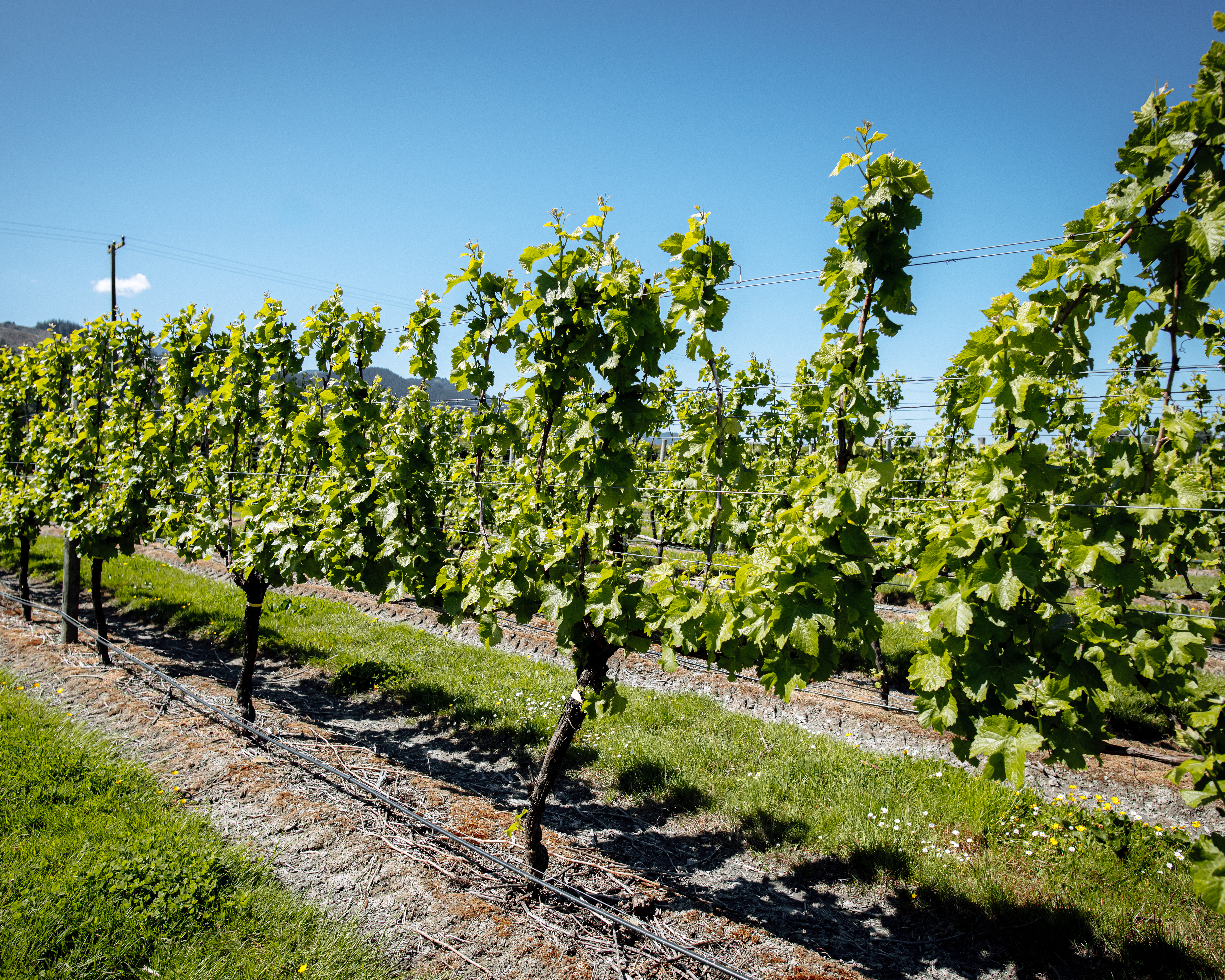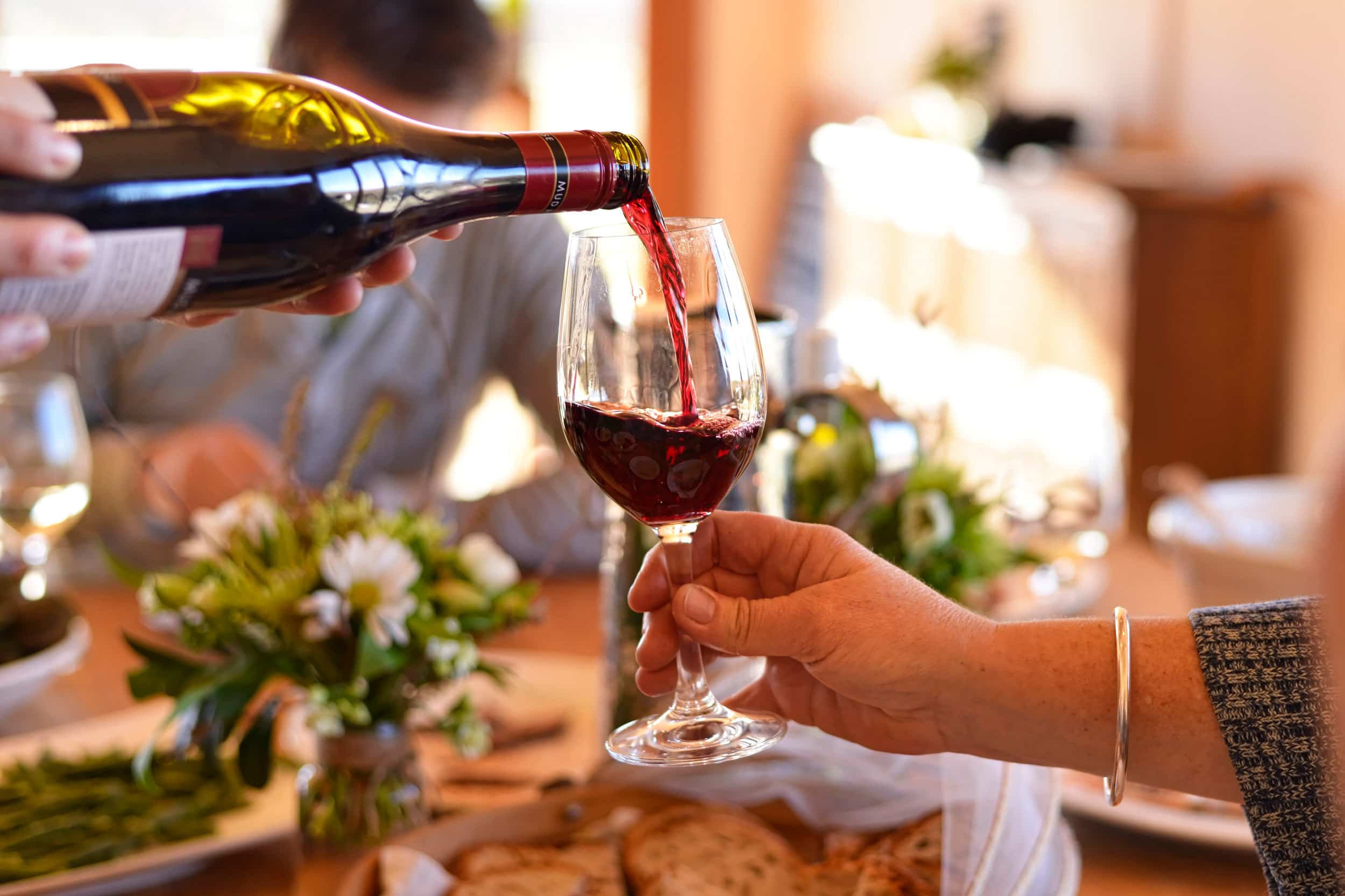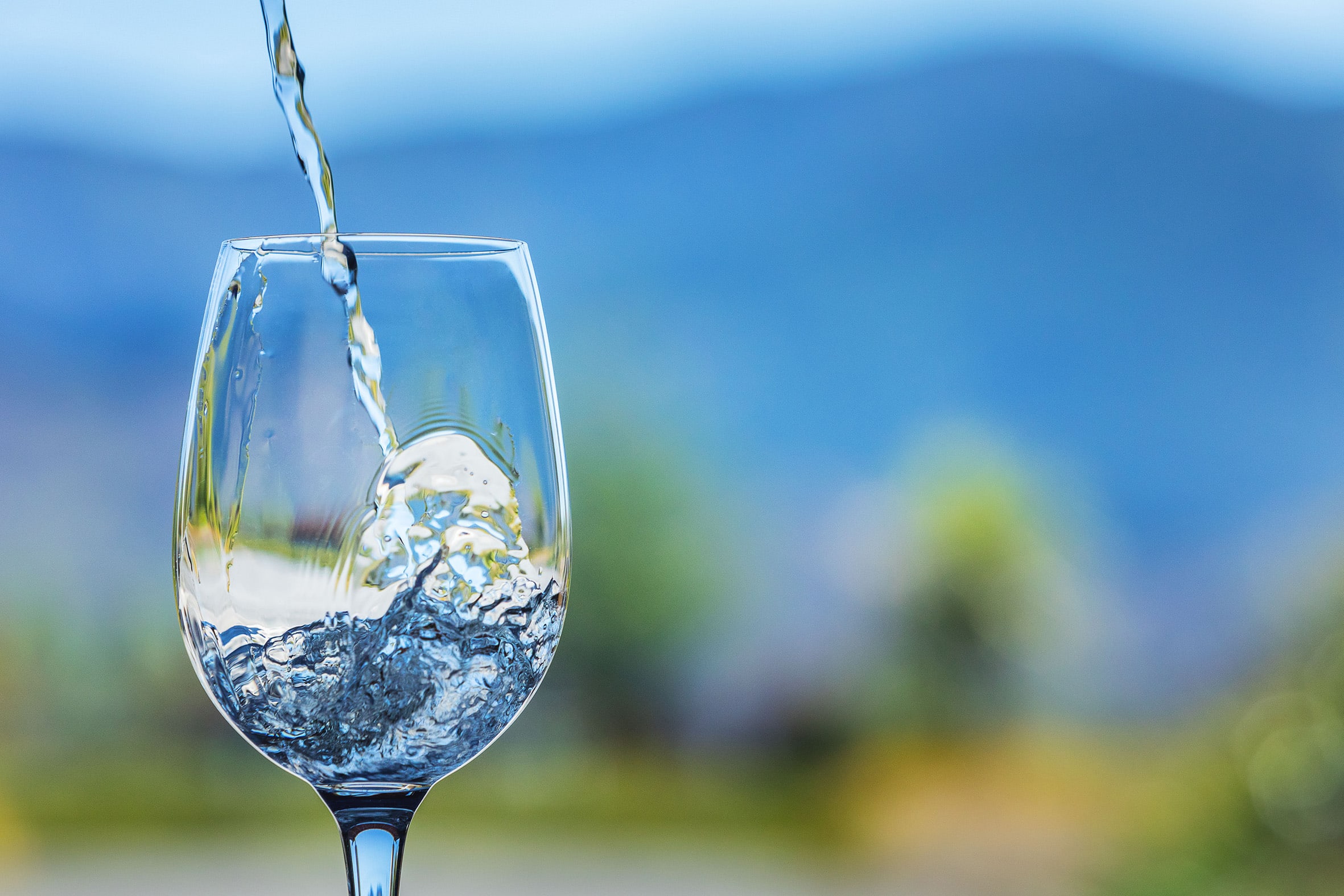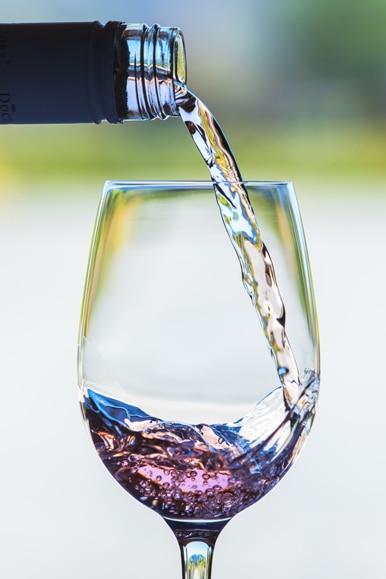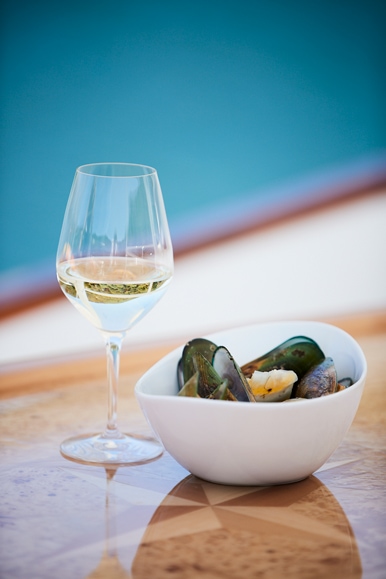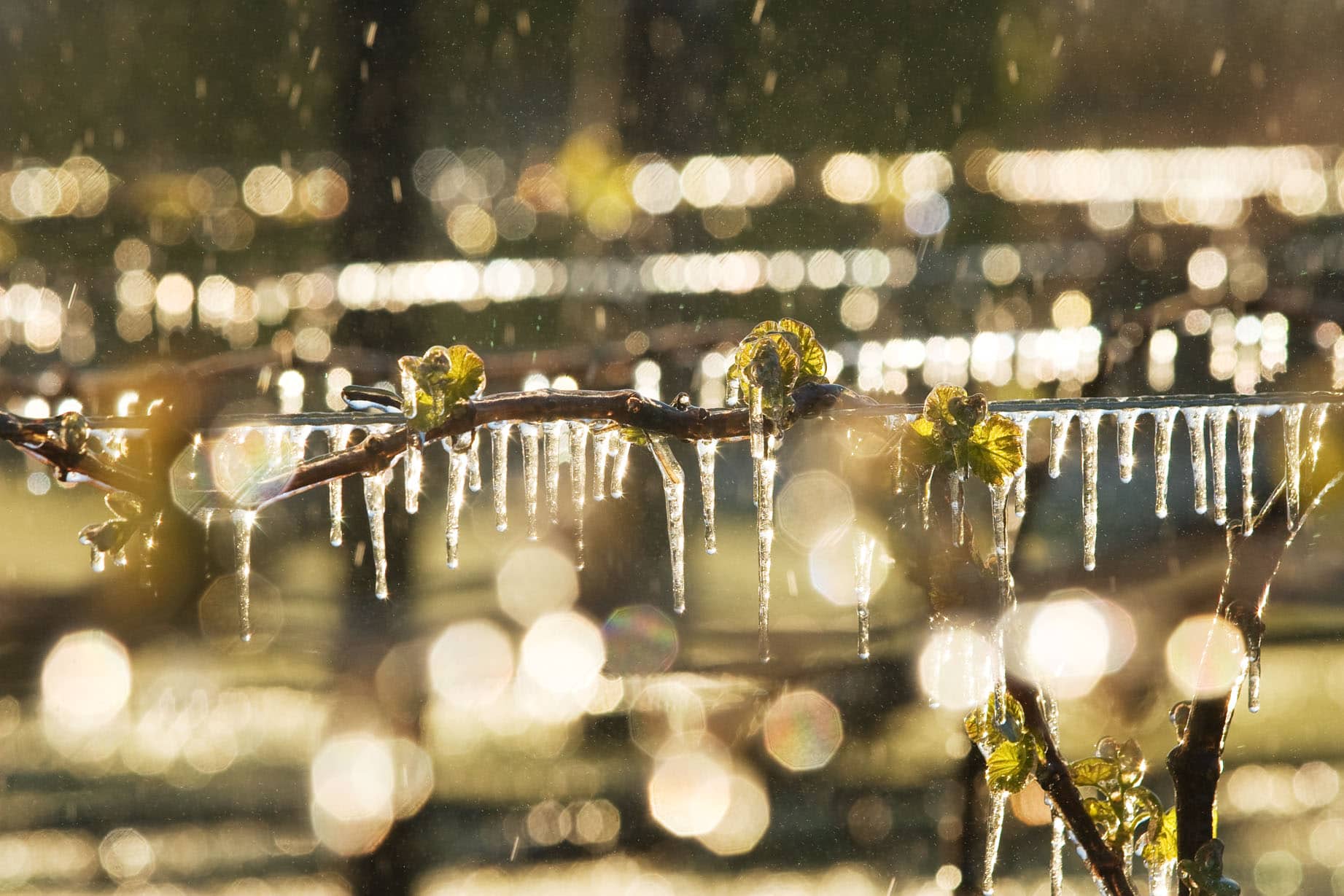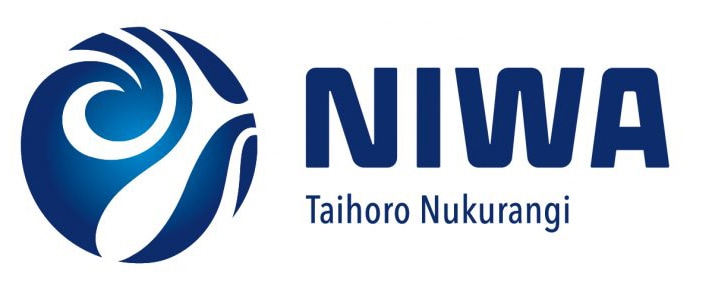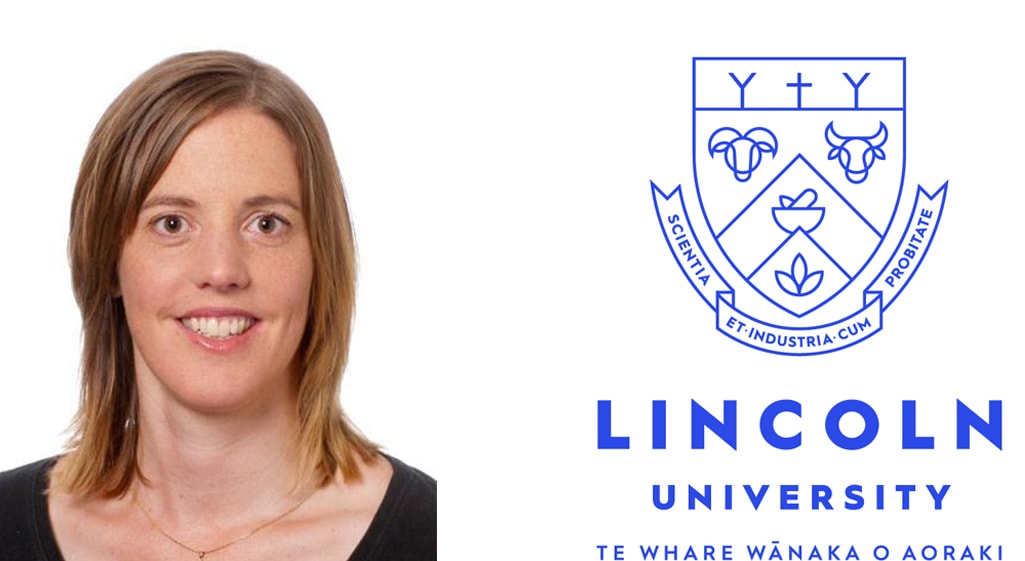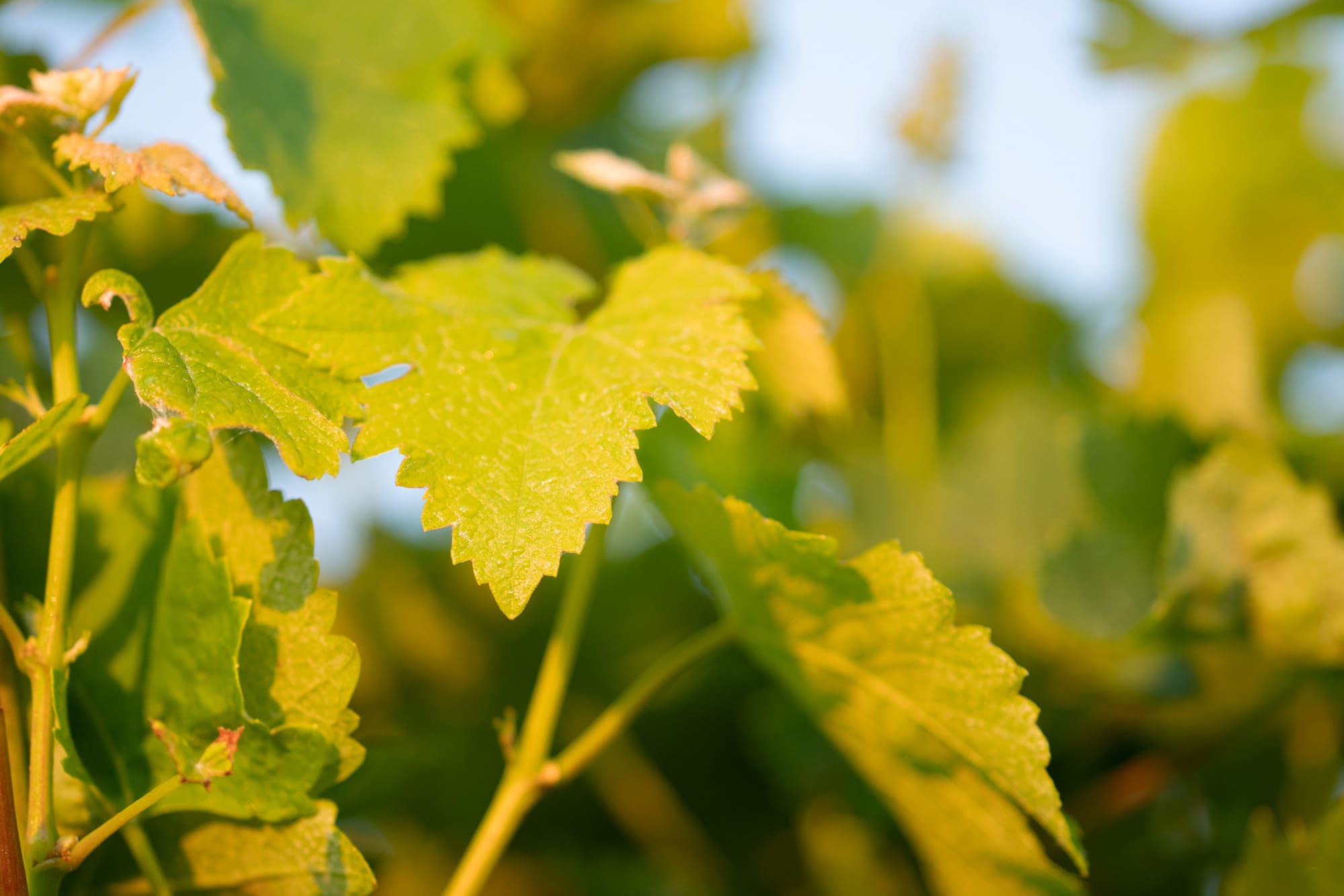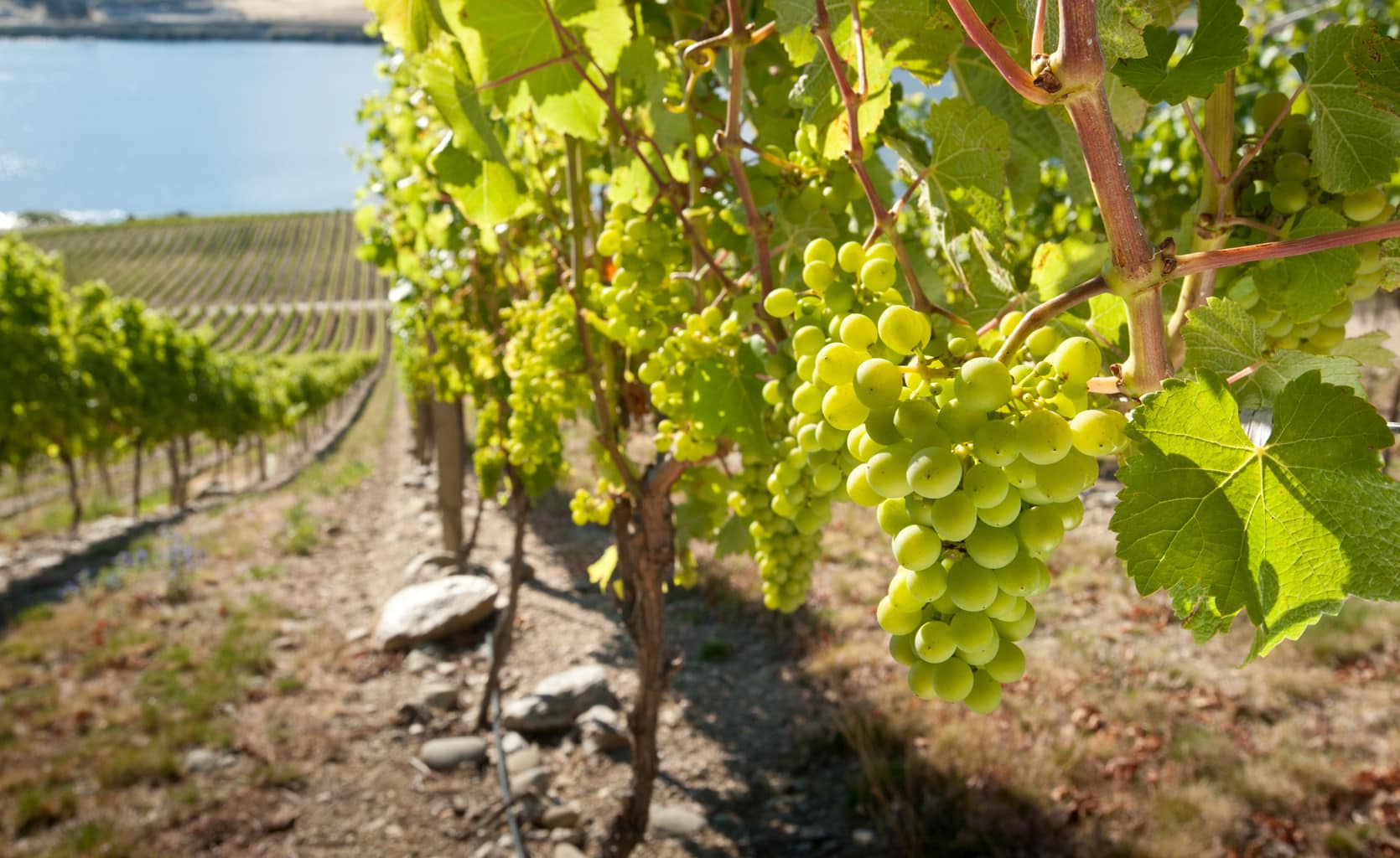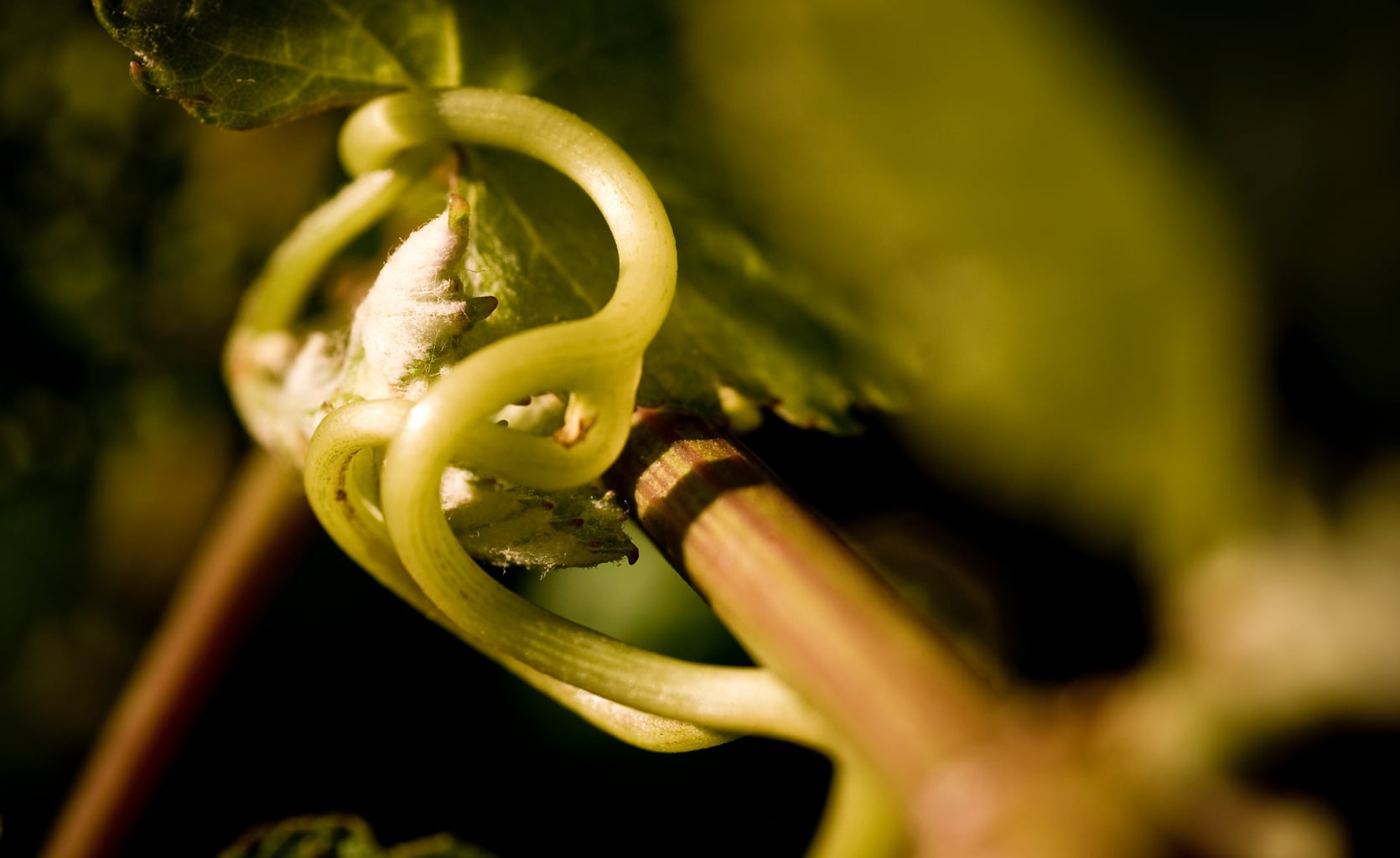Dr Paul Epee, Bragato Research Institute
A pilot project paving the way for an innovative research programme
The decline of winegrowing profitability, driven by the sharp increase in production costs, warranted the reassessment of the existing winegrape production system. Between 2015 and 2024, vineyard operating expenses rose by 58%, yet over the same period the average price of a tonne of grape only rose by 17%. In consultation with industry, Bragato Research Institute (BRI) and the Ministry for Primary Industries (MPI) has partnered with seven individual wine businesses to address these issues through an innovative programme – Next Generation Viticulture (NGV).
During the conception phase of NGV, preliminary research was initiated to investigate how fundamental viticultural principles could be explored to inform and guide developments towards the step change required for future winegrowing in New Zealand. This preliminary work formed the NGV pilot project. The NGV pilot provided opportunities to engage with the industry, stimulate interest and get buy-in, test the potential of different training systems, and collect new, non-existing data and information to build the NGV business case.
Starting in September 2022, trials were established in three vineyards across Marlborough – one located in the Awatere Valley and two in the lower Wairau Valley – to evaluate seven grapevine training systems including the traditional head-cane vertical shoot position (VSP) training system, commonly practised on Sauvignon Blanc. Besides Sauvignon Blanc, these training systems were evaluated on two white (Riesling, Albariño) and two red (Pinot Noir, Lagrein) varieties over two growing seasons, beginning in winter 2022.
The objective of this work was to investigate the potential of these training systems to raise productivity by lifting yields with no detriment to quality, and to reduce canopy management operations such as trimming and leaf plucking by growing a less dense canopy. These principles drew on advances in fruit tree physiology from transformational New Zealand research that has recently led to the development of narrow-row, two-dimensional planar cordon apple training systems, which have effectively doubled the productive potential of apple orchards.
This article focuses on the lower Wairau Valley trial site in Rapaura and discusses the effects of these training systems on the vine’s canopy evolution and vegetative growth between budburst and veraison.
Vineyard description, training systems and measurements
The Rapaura vineyard site is located northwest of Blenheim and was established in the late 2000s. It was planted to Vitis vinifera cv. Sauvignon Blanc grafted on an unknown rootstock genotype. Vines were planted north-south with row and vine spacing of 2.7 m and 1.8 m, respectively, on a deep to moderately deep, sandy loam, well-drained soil. Table 1 describes, and Figure 1 illustrates the training systems tested at the start of the trial in winter 2022. Budburst percentage was assessed by counting the total number of shoots on the vine divided by the retained node number. Exposed leaf area and canopy coverage over time were measured by taking canopy photos on a blue photo backdrop and then using the ImageJ software to estimate the green area. Leaf layer number, exposed leaf area and total leaf area were estimated from canopy photos.
Pre-veraison vegetative growth
The seven training treatments yielded a range of retained node numbers (Table 2). Unpruned vines had the highest retained node number and total shoots but the lowest budburst percentage indicating they were left node numbers well above their capacities. Most nodes that failed to burst bud were located at the lower section of canes (Figure 1 a). This resulted in a less productive area (fewer, weaker shoots with smaller to no bunches) at the bottom section of the vine canopy. This behaviour – whereby most of the growth is concentrated at the upper part of a vertical cane at the expense of the lower part, termed correlative inhibition but often referred to as apical dominance by growers, is a conspicuous feature of grapevines and has been well-characterised on New Zealand Sauvignon blanc. The same process occurred on 4BudSpur vines. Despite having the fourth lowest node load, 4BudSpur vines had the second-lowest budburst percentage (Table 2), attributed to blind nodes appearing at the spur’s first and second node positions.
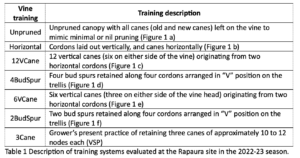
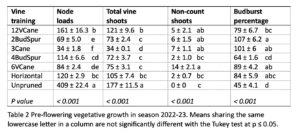
Despite a two-fold difference in retained nodes with 3Cane vines, 2BudSpur and 6VCane vines had comparable budburst percentages (Table 2), indicating that these vines were pruned within their capacities. Correlative inhibition was absent on 2BudSpur and only weakly expressed on 6VCane vines. Therefore, 2BudSpur and 6VCane stood out as potential alternative training systems, for they produced twice as many shoots as the traditional 3Cane training for a comparable budburst percentage (Table 2). However, unlike the 2BudSpur, the 6VCane training had the additional advantages of being extended upwards thus increasing the production potential by growing a larger leaf area and canopy surface area.
Leaf area developed significantly faster on all six alternative training systems compared with the 3Cane, and the higher the node load of the training system, the faster the leaf area development and foliage cover from October to November (Figure 3). Unpruned vines were the fastest, covering 80% of their allocated space on the trellis, followed by 12VCane and Horizontal. 3Cane had the lowest canopy cover between November and December (27 and 39%), followed by 6VCane (40 and 60%) (Figure 2). By veraison in February, all training systems had achieved similar canopy coverage (Figure 3). Having significantly more retained nodes and shoots than 3Cane vines, the alternative training systems grew more leaves earlier in the season and thus could be expected to capture more sunlight radiation to support early-season vegetative and reproductive growth.
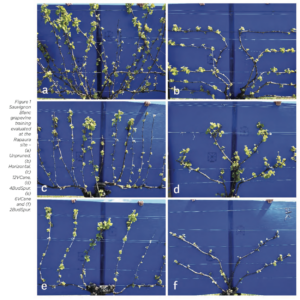
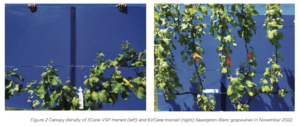
The canopy density of all seven training systems was not very different at veraison (Table 3). The total exposed leaf area was similar suggesting that the amount of sunlight radiation intercepted at the surface of the canopy was the same across all training treatments, which may be somewhat affected by the existing VSP trellis system and vine management. Despite carrying over twice as many shoots as 3Cane vines, 6VCane and 12VCane vines had the same leaf layer number. However, 3Cane vines produced fewer but more vigorous shoots which were longer, stockier and carried many lateral shoots whereas the other training systems produced shoots of moderate vigour. Therefore, canopy density could be modified by finding combinations of count shoot number (retained nodes) and their spatial arrangement within the canopy. These variables were further investigated the following season because an open, less dense canopy of less vigorous shoots can eliminate or significantly reduce the number of trimming passes and leaf plucking, as well as directly influence fruit development and disease incidence and risk.
Key takeaways from the pilot project
The NGV pilot project evaluated six alternative vine training systems to the traditional head-cane VSP training system commonly practised on Sauvignon Blanc in Marlborough. These training systems were at the very early stages of development, and as such their properties were not fully expressed in the first season of establishment. Nevertheless, the analyses of the effects of these training systems on the vegetative growth between budburst and veraison showed that the 6VCane training system had greater potential than the traditional head-cane VSP training system. The 6VCane training could accommodate twice as many nodes as the 3Cane training without altering the budburst percentage or creating a denser canopy. This training offered the advantage of capturing more sunlight radiation early in the season, as more shoots developed after budburst, showing potential for higher yields. However, it also showed some limitations – correlative inhibition and dense canopy – which were further investigated for solutions the following season.
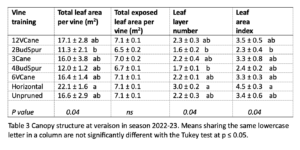
A following article will discuss the harvest and winemaking results from this pilot project.
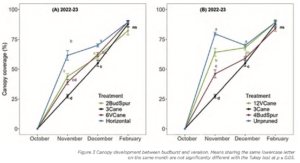
About the project
The Next Generation Viticulture Programme is a seven-year programme that is a partnership between the Ministry for Primary Industries, New Zealand Winegrowers, and seven wine business co-investors contributing cash and in-kind. Bragato Research Institute is contracted to deliver the programme. The programme’s vision is to increase vineyard productivity without compromising wine quality or the environment.


